How to realize cost savings on Accounts Payable

How can accounts payable automation help CFOs reduce costs and support business growth?
Cost management is usually at the top of the agenda for most CFOs. However, faced with a hypercompetitive and turbulent global economy, the CFO role is becoming more strategic. With their unique perspective on a company’s financial health and access to powerful analytical tools, CFOs can provide strategic direction crucial to business success.
By reducing invoice processing costs and providing actionable real-time data, accounts payable automation is ideal for CFOs wanting to make informed strategic decisions.
In this article, we explore how CFOs can leverage AP to save time and money and gain powerful insights and tools to support business growth.
CFOs navigate through economic uncertainty
Serving as the steward of your company’s financial resources means you must balance cost reductions with strategic growth investments. Striking a balance between managing costs and investing in growth remains a top challenge for 89% of CFOs, per PwC’s 2023 Pulse Survey. Get the balance right, and your business will keep its competitive edge. Get it wrong, and you may cut too deep or fail to invest enough in growth.
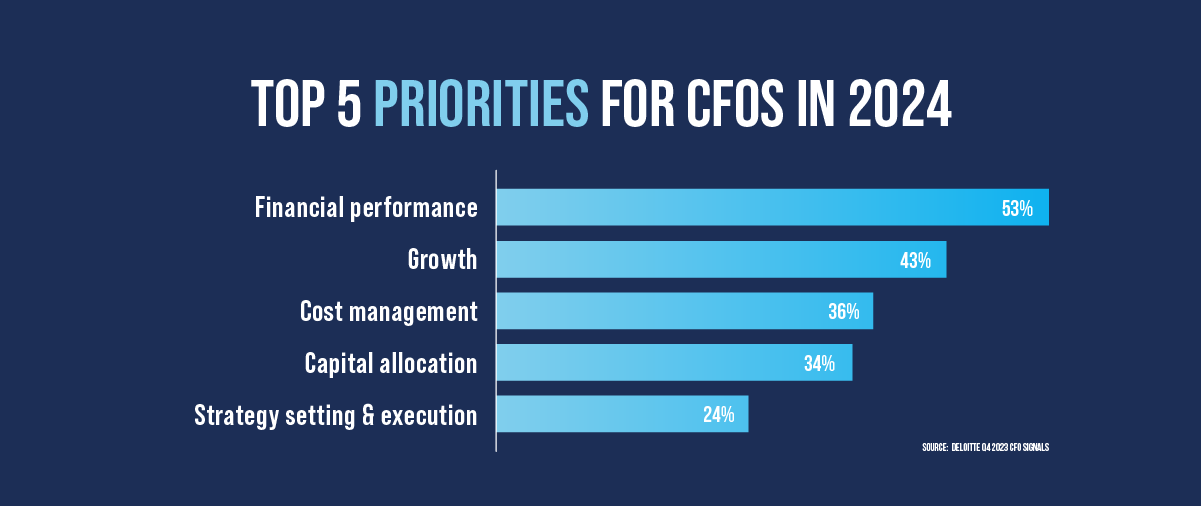
By adopting data-driven strategic planning, CFOs can significantly drive business agility and provide strategic direction. CFOs everywhere use technologies to streamline their operations and provide actionable, real-time data and insights to guide their decisions.
According to Deloitte’s Q4 2023 CFO Signals report, 76% of CFOs say digital transformation and technologies will play a greater role in achieving their strategy and helping their companies stay competitive. 80% say they will embed more automation and digital technologies into financial operations in the next 12 months.
As one of your company’s largest cost centers, the AP department is a logical place to look when cutting costs. However, accounts payable warrants a closer look regarding strategic cost management. In many cases, investing in AP automation can reduce costs and enhance the effectiveness of strategic operations like cash management and growth investment.
How investing in Accounts Payable automation saves money
To remain competitive, CFOs must look for cost savings everywhere, including accounts payable. However, there are advantages to looking beyond cutting operational and vendor costs. CFOs should evaluate how investing resources in accounts payable facilitates significant savings across the organization through increased accuracy, insight, and flexibility.
A strategic investment in AP automation yields returns in three ways:
Reducing operating costs
AP automation reduces labor and processing costs across the account payable process.
Improving vendor relationships
Automation solutions make reducing vendor costs easier by improving communications, providing timely transaction data, and adding flexibility to vendor management.
Improved decision-making and flexibility
Adopting AP automation can provide across-the-board gains in insight, flexibility, and efficiency, enabling informed decision-making and increasing business agility.
Let’s break these out.
Reducing operating costs with AP automation
The main benefit of implementing AP automation is that it significantly reduces operating costs of manual accounts payable processes like manual data entry, processing invoices, and invoice validation. Businesses can quickly implement many AP automation platforms, which means you can realize these savings in the short term.
Here are the main areas where your business can realize savings:
Labor cost savings
Manual tasks like invoice processing are labor-intensive and time-consuming in their day-to-day operations. For example, employees can spend a lot of time coding invoice data and tracking down errors and lost documents.
AP automation streamlines these workflows using smart OCR and machine learning to make employees more productive and reduce the average cost per invoice. According to Stampli’s deep dive into the labor cost savings from AP automation, invoice automation can reduce the labor cost of processing an invoice from an average of $7.75 to approximately $2.00.
Eliminated late payment fees
In Stampli’s white paper AP Today: Bottlenecks, Benchmarks, and Best Practices, finance leaders reported that it took six days or longer to process 32% of their invoices and that 10% stayed in the queue for over 21 days. By speeding up invoice processing and the approval process, automation ensures vendors are paid on time, saving on late payment penalties.
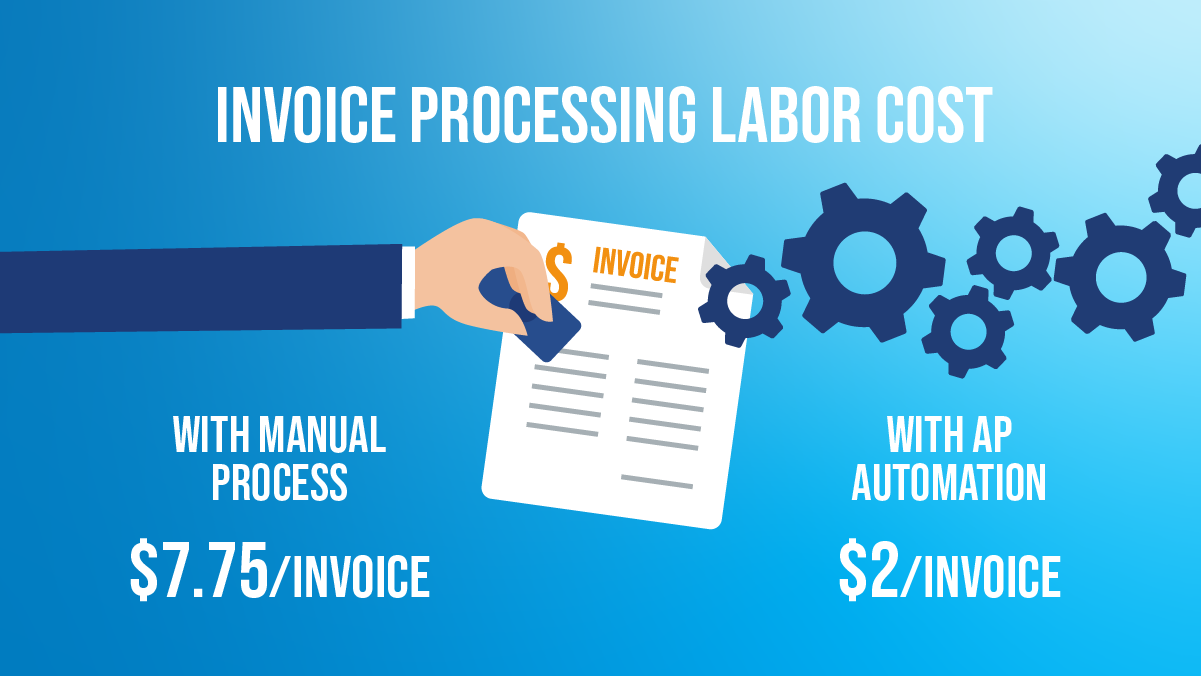
Lower payment processing costs
In “How & Why Companies Choose Payment Types,” Stampli and Treasury Webinars found that 54% of companies chose payment types for reasons other than payment processing costs.
The same report also revealed that only 11% of companies were tracking how they were processing payments, and only one-quarter knew how much their payment methods were costing them.
AP automation reduces payment processing costs by centralizing vendor payments on a single platform. It also provides access to lower-cost electronic payment methods like ACH to provide an alternative to expensive paper checks and wire transfers.
Reduced errors and duplicate invoices
The American Productivity & Quality Center (APQC) reports that 2% of invoices are duplicates, a potentially high cost for companies processing large invoices. Automated three-way matching and error detection reduce the duplicate rate, bringing immediate cost savings.
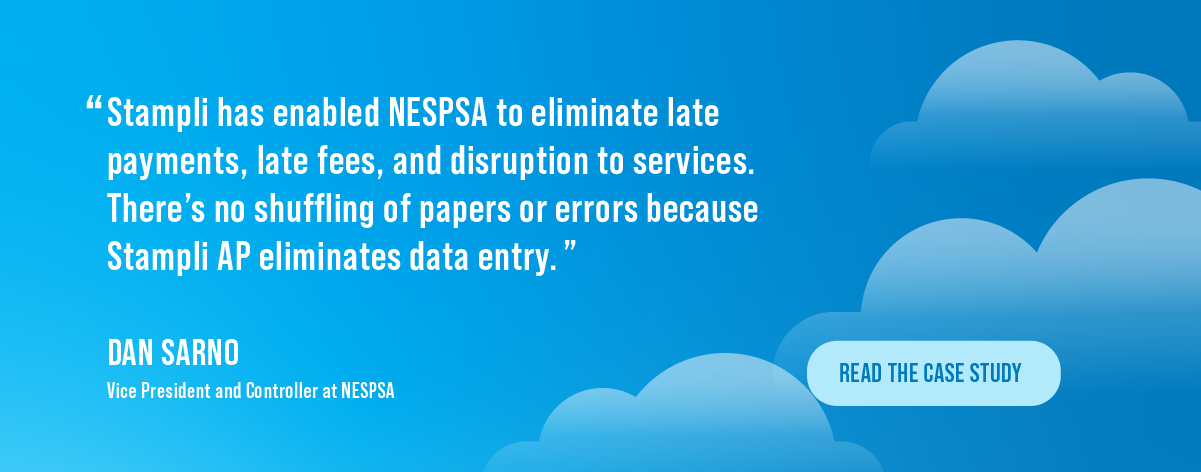
AP automation can bring these direct and indirect savings through increased enforcement of internal controls and better integration with ERP and accounting systems. You can also realize savings by simplifying and enhancing vendor management.
Improving vendor relationships
AP automation makes it easier to realize savings through improved vendor management in many ways, including:
Better vendor communications
AP automation platforms centralize vendor communications so accounts payable teams and vendors can share information and updates through a vendor portal. Eliminating phone calls and lost emails means less expensive processing delays and disputes.
Informed vendor negotiations
Renegotiating existing contracts and reaching optimal business terms with vendors requires good information. For example, before renegotiating a vendor contract, it helps to know how the vendor is performing, how much your business spends with them, their past payment history, and how vital the vendor’s products and services are to your business.
AP automation brings key vendor information to a central location, where you can easily access up-to-date metrics and enter vendor negotiations fully informed.
Access early payment discounts
AP automation shortens payment cycles, so you can approach vendors to negotiate early payment discounts or rebates, confident that your business will meet the early payment deadline.
Onboard new vendors quickly
By bringing new vendors on quickly and securely, your business can immediately realize cost savings from more competitive pricing. AP automation platforms with advanced vendor management features expedite onboarding and ensure that key documents — such as contracts, certificates, and licenses — are in place before the procurement teams send the first orders.
Save money and maintain float with credit cards
Credit cards are a great way to maintain float and improve cash flow while ensuring vendors get paid on time. Some corporate card providers also offer rewards on expenditures, turning your payment cards into a potential revenue source.
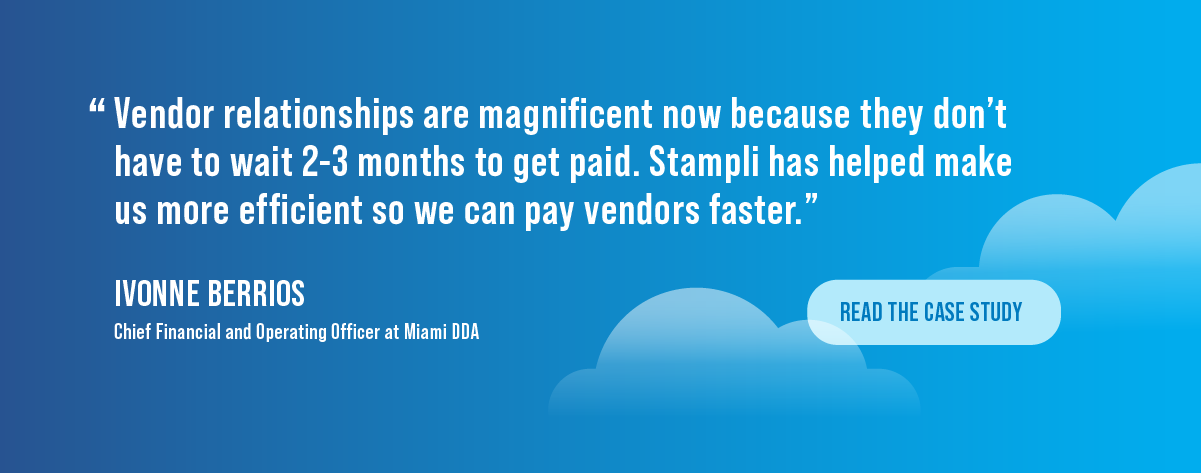
Apart from operational cost savings and better vendor management, AP automation has several indirect benefits. These indirect benefits may help your business save money by adding more significant insights, flexibility, and scalability.
Improved decision-making and flexibility
Implementing AP automation has a clear and easily measurable impact on operational costs and vendor relationships. It also has some other indirect benefits that may be less obvious. Automation can give your finance department the accuracy, insight, and flexibility to adapt quickly to changing market conditions and support your business.
Here are a few examples:
Flexibility to support business pivots
Your company’s competitiveness hinges on its ability to pivot quickly and effectively with minimal disruption to operations. AP automation software can ensure that AP operations are flexible enough to adapt quickly to a change in business direction. For example, suppose the business chooses to replace paper checks with corporate cards. In that case, the transition between payment methods is much easier when both are already on a single payment automation platform.
Better internal controls and a complete audit trail
According to the Association of Certified Fraud Examiners, businesses lose 5% of their annual revenue to fraud, at an average loss of $1.78 million per incident. AP automation enforces internal controls to reduce the risk of fraud. Automation software also facilitates a complete AP audit trail, which helps ensure your business remains compliant with regulatory and tax requirements – and avoids potentially expensive fines.
Scalability to support business growth
By replacing difficult-to-scale manual processes with an easily scalable cloud solution, AP automation software supports business growth through the scalability of operations, the power to process a growing number of invoices, and the flexibility to manage multiple locations, currencies, and subsidiaries.
Controlling expenditures and reducing “shadow spend”
AP automation solutions that include integrated payment or virtual cards and the capability to manage employee expenses provide a high level of visibility and control over expenditures. This capability helps reduce “shadow spend” and other costly factors, ensuring your expenses stay within budget. Expense automation also ensures that all receipts and expenses are captured and accounted for, avoiding costly surprises that may negatively impact cash flow.
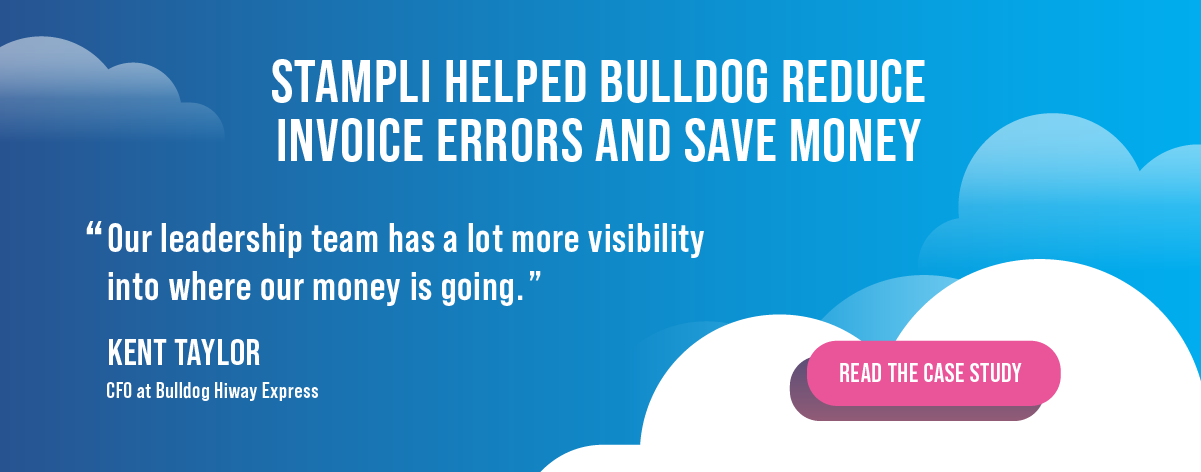
Investing in AP automation helps CFOs reduce expenditures and help their business navigate challenging economic times to remain competitive. AP automation software empowers CFOs with actionable and timely business information, control and visibility over P2P workflows, and powerful vendor and expense management tools.
Strategic cost management with AP automation
As you begin to reduce costs and make changes to your accounts payable process, there are a few best practices to ensure the process goes as smoothly as possible.
Focus on communications
It’s important to maintain good communication during day-to-day operations. AP automation platforms with centralized communications hubs can help keep everyone informed and connected, building collaboration and ensuring that nothing slips through the cracks.
Monitor KPIs and results
Regularly monitor the performance of your AP workflows. Keeping on top of AP KPIs and metrics will ensure things are running smoothly and help you anticipate and address any changes impacting cash flow management. AP automation platforms like Stampli provide real-time AP reports and dashboards that provide actionable insights into AP performance.
Keep suppliers in the loop
Your suppliers share your business risk and may feel the impact of any cost-cutting measures. Keep a close eye on KPIs like invoice lifecycle to ensure your company pays suppliers on time. Good, reliable suppliers are an asset, and maintaining positive supplier relationships will pay dividends in goodwill.
Integrate with your ERP
AP automation solutions like Stampli integrate seamlessly with ERPs and accounting software to share data and communications. Look for solutions that support your current business systems that you can implement without changing your existing processes or reworking your ERP.
Stampli: The #1 customer choice for AP automation
Stampli is the ideal solution for Accounts Payable automation, designed specifically for the AP departments. By eliminating the need for external communication, ad-hoc workarounds, and manual tasks, Stampli streamlines invoice management like no other solution. It gives you complete visibility into every transaction, guaranteeing accurate and fast invoice processing.
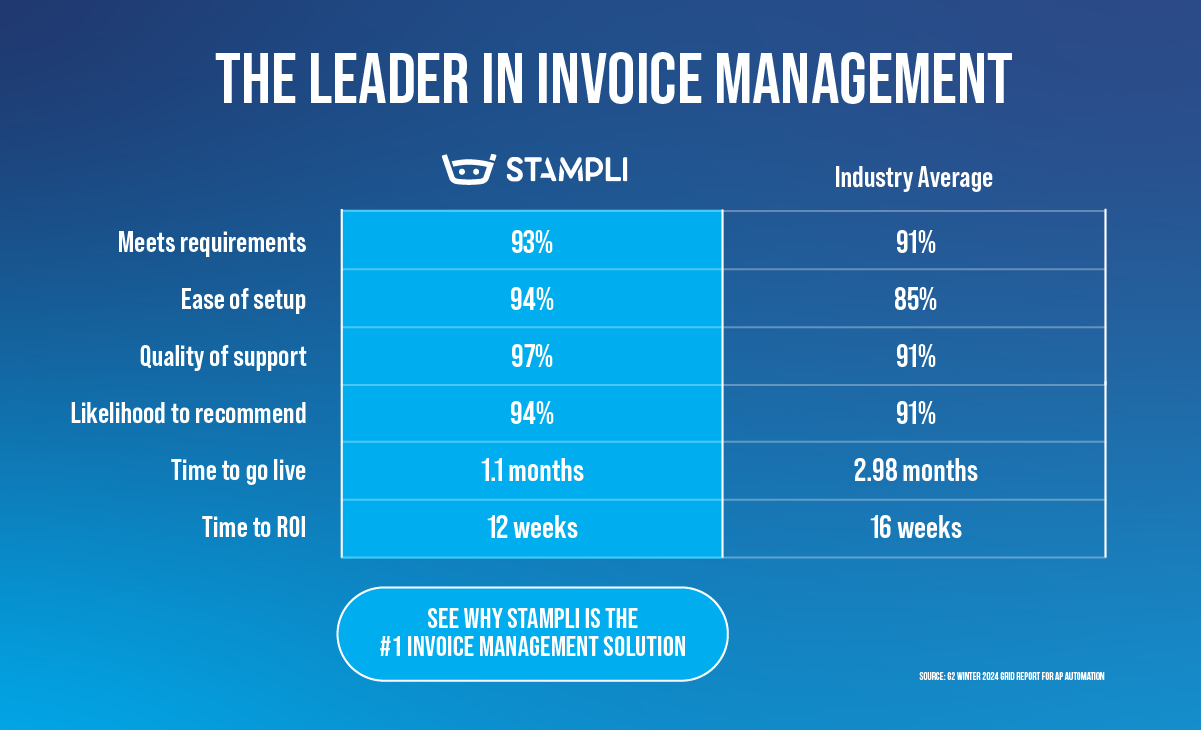
With Stampli, you’ll immediately see the impact of AI invoice automation on your bottom line – most Stampli customers see ROI within 12 weeks.
Recognized by AP professionals for ease of use, relationships, implementation, and getting results, Stampli is the natural choice for CFOs looking to find cost savings and lead innovation and transformation.
Contact Stampi today to set up a free demo.
